We have come to expect certain things as normal in the world. The sun rises in the east, tacos are delicious, roosters crow, and so on. But just because you expect something, and even become accustomed to it based on past experience, doesn't necessarily mean it always is. It may not be true at all, but simply a misunderstanding of the facts, like when people thought the sun revolved around the earth.
Many things in the natural world are not always as we think. Nature is simply amazing. With that in mind, let's look at some life forms that may not work as you expect.
10. T-Rex didn't have the ability to roar.

Do you remember the end of the first Jurassic Park , when the T-Rex somehow makes its way into the visitor center, battles the Velociraptors, and allows our heroes to escape before letting out a mighty roar? At this point, most of us can probably pick that sound effect out of a crowd. And that speaks volumes about the power of sound in film and Steven Spielberg's vision. It's also very ironic, because evidence shows that the T-Rex couldn't roar at all.
It’s hard to piece together the anatomy and actual characteristics of dinosaurs based on fossils, but we’ve been doing it for a long time. While it’s also speculative, based on the available scientific evidence, it’s unlikely that a dinosaur like T. rex had a larynx. That means it’s unlikely that it could have made sounds like any mammal alive today, like bears, lions, and other animals we associate with roaring.
However, birds have something called a syrinx that allows them to make sounds. It is more likely that a dinosaur could have had something similar that allowed them to make bird-like chirps, but even then it could have belonged to a group of smaller tree-dwelling dinosaurs that evolved into modern birds.
Tyrannosaurus rex could still make sounds, but they may have been more in line with more modern reptiles. Think of the hissing sounds snakes and crocodiles can make, or even humming and drumming sounds. While they were unlikely to be silent on 100%, they were probably nowhere near as loud as they are shown in movies.
9. Cheetahs can't roar.
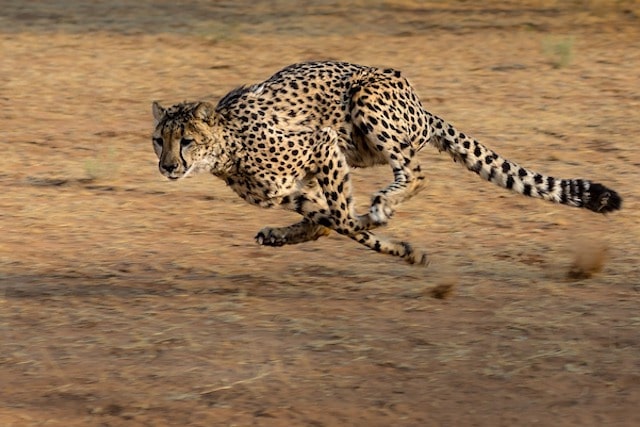
Speaking of roaring, in today's world, roaring is the defining characteristic of what we consider a big cat. Obviously, a lion can roar, and tigers can do it too. Jaguars and leopards have this trait too, so if you ever hear it coming from the woods at night, stay home. But don't assume you're always safe if you don't hear it.
In addition to the growling cats, there are the purring cats, and while this may sound like your cute kitty at home, there are other cats in the same group that are larger than what seems completely normal. The cheetah, for example. It cannot growl and is therefore not a “big” cat in the true sense of the word. It does not have the ligament in the larynx that allows other big cats to make a loud noise.
Even though a cheetah can weigh up to 140 pounds and run at speeds over 60 miles per hour, it is not a big cat. In fact, they belong to a strange family called Acinonyx. They are the only cats with claws that are semi-retractable rather than fully retractable.
8. Earthworms cannot drown.

How many times have you stepped outside after a rain and seen the sidewalk covered in earthworms, pale and damp? If you're like most people, you assumed or even learned that it was because they were running out of the rain to avoid drowning. After all, their little wormholes must be full of water, right? Not so fast.
Earthworms breathe through their skin and can survive completely submerged in water for several days. They need moisture to breathe properly, so rain won't drown them at all. Instead, it's thought that the worms come to the surface because it allows them to get to their destination faster.
Since they need moisture to survive, burrowing into dry soil is actually a slow process for a worm. But in the rain, they can get up, stay as wet as they want, and probably move around much faster. It's convenient.
The second possibility is that the rain confuses the worms, who may think the sound of raindrops is a predator, so they simply head upward to escape. Either way, they don't drown.
7. Baby pandas can't poop without help.
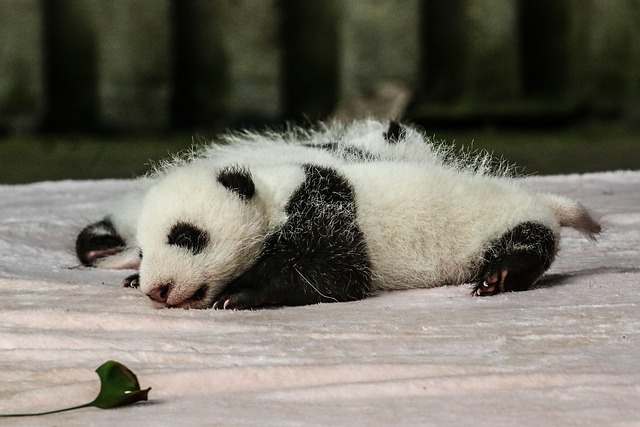
People make a lot of jokes about pandas on the internet. With so many videos of the animals acting like fools, it's not uncommon for people to wonder how they even survive in the wild, as they seem like cartoon characters with a limited diet. With that in mind, there's another thing that will make you wonder how they've lasted so long.
Panda cubs are at risk of dying if their mothers don't care for them from birth because they are some of the most helpless cubs in all of nature. At just 1/900th the size of their mother, they can't see, can't move, and can't even go to the bathroom on their own. They could potentially die of constipation without help.
Mother pandas can often be seen licking their cubs not to groom them, but to stimulate secretions. Yes, that means they need help, so to speak, unload During the crucial first week, mothers are constantly close to their babies, rubbing their bellies to make sure they can poop when they need to.
6. Deer can't walk or write.
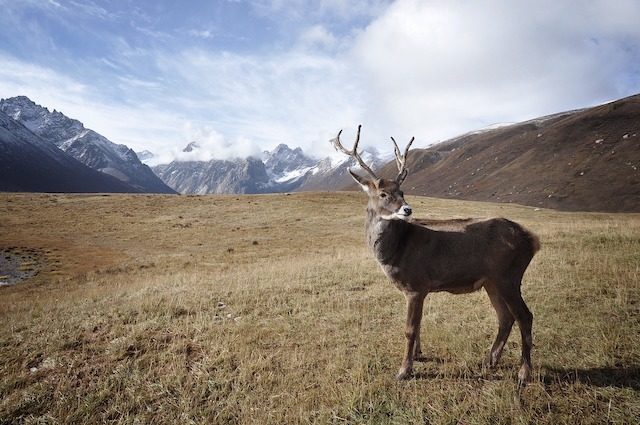
Have you ever heard the joke that you can’t walk and chew gum at the same time? It’s an old-school joke that basically means someone seems clumsy and too incompetent to handle simple tasks. But the fact is, some animals can’t walk and do other basic tasks at the same time. For example, reindeer can’t walk and pee .
The fact that reindeer need to stop regularly to pee, and that they do so in herds, is so well known that Finnish reindeer herders have a name for the length of the path a reindeer will travel before they pee. One poronkusema is about six miles. If the entire herd stops to pee, you can count on them walking another six miles or so before it happens again.
5. Capsaicin does not affect birds.
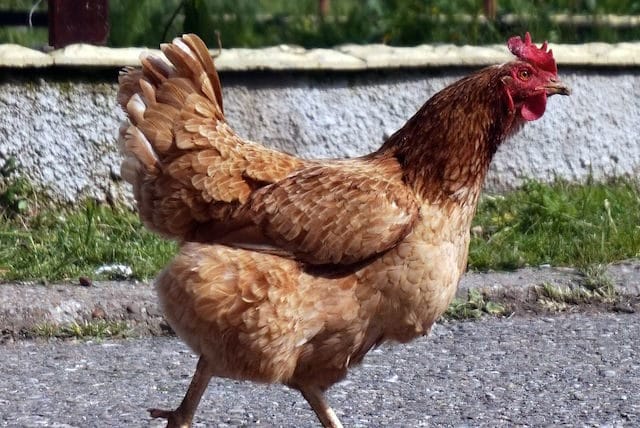
We know from YouTube that people love hot peppers. After all, Hot Ones is a big deal. But whether you love or hate spicy food, you've probably experienced the sensation of capsaicin, the ingredient in peppers that gives you that spicy kick.
If you’re not a fan of spice, you might be jealous of birds because they can’t taste what capsaicin offers. This is partly due to birds and their incredibly rudimentary ability to taste. Humans have between 2,000 and 10,000 taste buds that help us sense flavor. Chickens have 24. Research suggests that birds either don’t have capsaicin receptors or aren’t very sensitive. This could also be beneficial to plants, as it would allow birds to ingest hot pepper seeds and spread them, making it an evolutionary advantage.
4. Velociraptors lacked higher intelligence
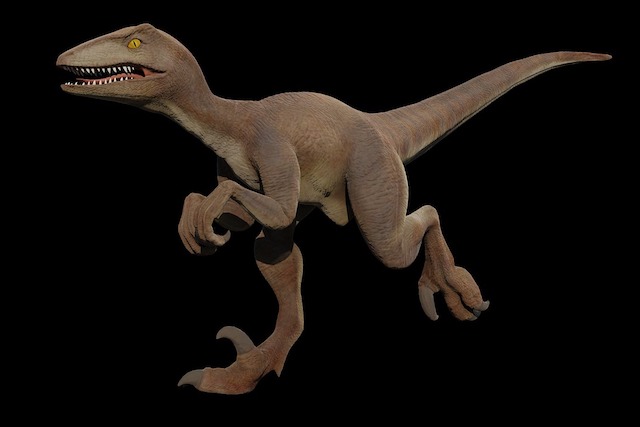
We've already visited once Jurassic Park . Why not go back and watch the raptors? The movies also gave modern viewers an idea of how a velociraptor works. They are pack hunters, cunning, deadly, and intelligent, and nothing short of Chris Pratt with an outstretched arm can stop them. But then again, this is Hollywood. And while the raptors may have been intelligent in real life, that's a strong word.
Raptors were smart relative to dinosaurs, which is like calling a hot dog pretty good for gas station food. When you're the best of the worst, you're still not great. Smart for a dinosaur, based on the size of the cavity that housed its brain, means the raptor was probably smarter than a rabbit, but not as smart as a cat.
Also, remember that the movie raptors were actually closer to Utahraptors. Velociraptors were small, about the size of a turkey, and with less intelligence than a cat, they were less intimidating than we all think.
3. The domestic silk moth can no longer fly
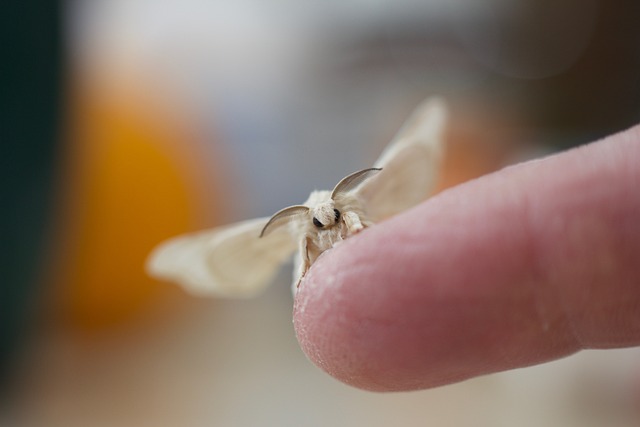
Agriculture has done wonders for humanity, but that's not always true for the things we farm, like silkworms. For thousands of years, humans have been making silk from these insects, and it's changed the way these little creatures live. They're the second most widely farmed animal in the world after bees, and we raise trillions of them.
Once upon a time, when the silkworm went through a metamorphosis and became a moth, it was able to fly. Thanks to generations of farmers, the domestic moth can no longer fly because we bred it out of them. For so long, they were never allowed to fly like that, even if they had the opportunity to fly, they couldn't.
2. Cats don't taste sweetness.

Cats can be very picky eaters, or they can be furry garbage cans, soaking up everything from cat food to salad, bread, and rabbit poop. Just like with humans, there is sometimes no accounting for taste. But you shouldn't let that fool you into thinking that cat food is the same as ours.
If your cat loves your ice cream, you might be tempted to think she has a sweet tooth, but she doesn't. Your cat may love all desserts, but it's probably because of the dairy, fat, or literally something else. Cats are physically incapable of tasting sweetness.
Almost all other mammals can taste sweetness. There's a gene that sends sweet signals to our brains, and it's useful for survival because sweet usually means sugar, which means carbohydrates, which means energy. For most animals, sugar means something that helps them survive. But cats, being carnivores, don't work that way. So a gene known as Tas1r2 works with another gene to make proteins that make up sweet receptors. But cats didn't evolve that way.
Now, when it comes to cats who seem to go crazy for sugar, something else may be at play. Researchers say it's possible that another gene, Tas1r3, allows them to taste sugar in high concentrations. Or maybe cats are just weird.
1. Not everyone has an internal monologue.

It’s easy to take for granted that you think the same way other people think. In fact, it’s probably impossible to go through life without wondering what the hell someone else was thinking when they did something stupid. But the truth is, we don’t all think the same. And some of us think very differently than others.
Most people experience an internal monologue when they think. Your thoughts exist as words, whole sentences, and you “hear” them in your mind, perhaps in your own voice, as if you were talking to yourself. You may be surprised to learn that not everyone can do this, and even those who can’t do it all the time.
It is estimated that internal monologue is the predominant method of thinking for 30% to 50% people. But we also have another way of thinking. Another common method is visual thinking, which is imagining something in your mind. Not everyone can do this either. But this way you imagine a place you want to go, a person you want to see, maybe a meal you want to eat, without any words or dialogue.
There are other ways of thinking, also based on feeling, based on sensory awareness, and based on mindless instinct. Most of us are engaged in all sorts of activities at some time, and rarely in just one. Very few people have an inner monologue 100% of the time, but some people never seem to have one.













Оставить Комментарий